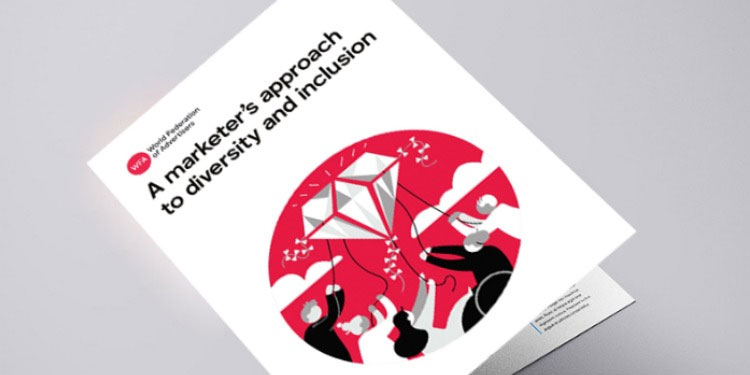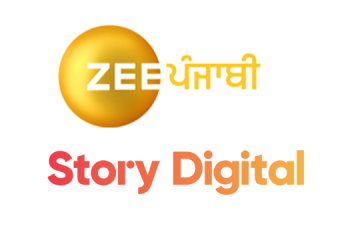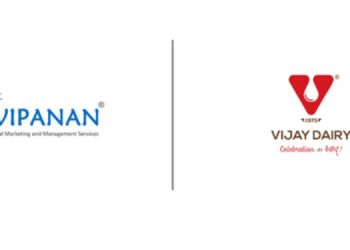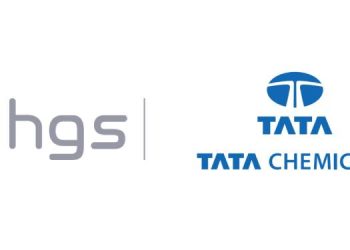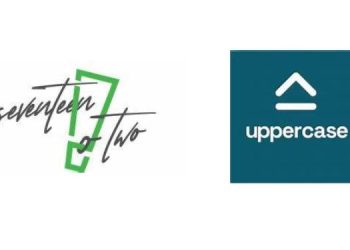The World Federation of Advertisers (WFA) has published a new guide on diversity and inclusion in the marketing industry, providing brand marketers and their agencies with insights and actionable recommendations to improve performance in this critical area.
The aim of the new report is to share good practices and insights in relation to internal company policies and set-ups as well as how to improve the content of brand communications so that the myriad of different consumers, partners, and employees who make up a brands’ universe feel truly represented.
The report also celebrates work that champions accurate and progressive representations of race and ethnicity, ability, sexuality, gender identity and age in a sensitive and inclusive manner as well as highlighting the challenges that indiscriminate use of programmatic blacklists can create for brands that seek to promote diversity. Lastly, it highlights the journeys that some leading brands have embarked on and their visions for diversity and inclusion in the industry.
The initiative seeks to respond to a growing perception within the industry that advertising is falling short on its ability to be inclusive. A global study conducted by IPSOS[1] found that 72% of respondents felt most advertising does not reflect the world around them. 63% claimed they don’t see themselves represented in most advertising, and 60% say they don’t see their community of friends, family, and acquaintances represented accurately.
WFA is also setting up a task force to encourage the industry to take on these challenges and has named Belinda Smith, until recently EA’s Head of Global Marketing Intelligence, and Jerry Daykin, Senior Media Director for EMEA at GSK Consumer Health, as WFA diversity ambassadors and co-facilitators of the new group. The brief will be to challenge the wider industry both inside and outside WFA membership to better represent and champion diverse identities and combinations of identities.
Other members of the task force include senior executives from brands and agencies, including Bank of Nigeria, Brand Advance, Diageo, Forsman & Bodenfors, Kin, Mastercard, P&G, Publicis, and Unilever.
As a first step, WFA, with input from its task force members, will be creating a toolkit of online resources to enable brand owners and all other stakeholders in the industry to access best-practice thinking across the key areas highlighted in the report as well as areas of intersectionality, which acknowledge the complex overlapping of social and political identities.
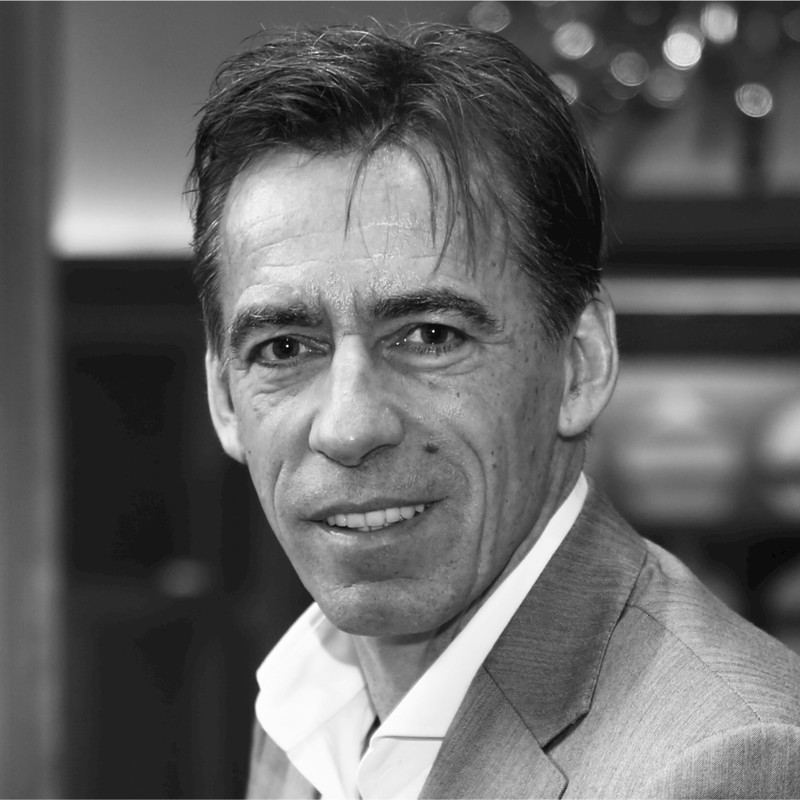
“We’re delighted to launch this initiative, which follows on from our previous work on progressive gender portrayals and builds on the brilliant efforts of many other members of our industry. Diversity matters now more than ever. It’s the lifeblood of empathy and creativity, two key characteristics which are coming to the fore at this time of crisis and two critical ingredients to the continued success of our industry,” said Stephan Loerke, CEO of WFA.
“Diversity is not just one thing. We cannot make meaningful change by focusing only on gender or other singular traits. Our work must be inclusive, focusing on the richness and intersections of identities that we carry both as consumers and employees. We must strive to improve the experiences of all,” said Belinda Smith.
“Our content reaches millions of people every day; we can use that reach to positively challenge social expectations. Diversity doesn’t have to be the main subject of an advertisement – casually improving representation across your output helps to normalize diverse communities and reflects the world without virtue signaling,” said Jerry Daykin.
To further raise awareness of the report and some of its findings, WFA will organize a webinar on 12 May outlining key steps that brands can take to improve performance in these areas, hosted by Belinda Smith and Jerry Daykin. Additional webinars will be organized over the course of the year to provide a more in-depth dive into specific areas of action highlighted in the guide.
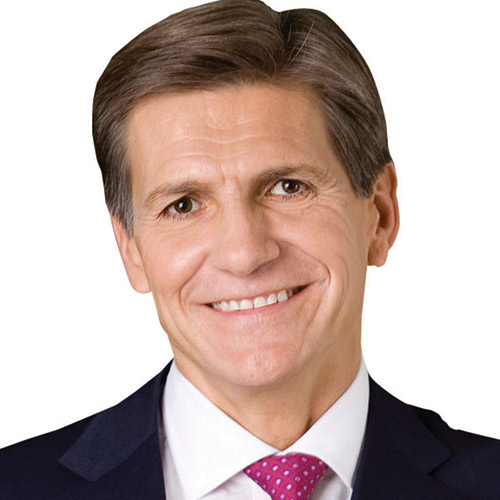
Marc Pritchard, Chief Brand Officer of P&G: “What if all brands and companies, individually and collectively, used their reach and voice in advertising as a force for good to eliminate bias and promote equality? Imagine the impact. Each of us can individually do our part, and collectively, we can be an even more powerful force for good and growth in accelerating to equal.”
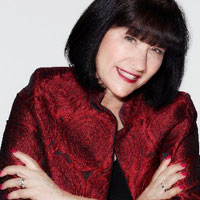
Syl Saller, Chief Marketing and Innovation Officer, Diageo: “Through the millennia, culture has been shaped by the stories we tell and if you think about it, advertising is telling stories that are backed by billions of dollars to have them heard. I am convinced we can normalize gender equality with what we choose to show in our ads, and who we choose to make them.”
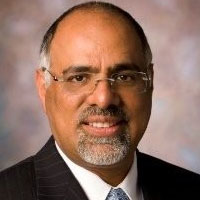
Raja Rajamannar, Chief Marketing and Communications Officer, Mastercard: “As an industry, it is our job to represent and reflect the lives of the people we want to have a conversation with; that means we must authentically celebrate diversity and stand for purpose in our marketing. If we ignore them, they most certainly will ignore us—and that’s the antithesis of what we do.”
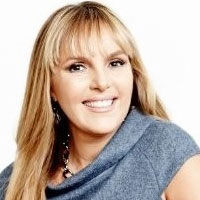
Aline Santos, EVP Global Marketing and Chief Diversity & Inclusion Officer, Unilever: “To create truly diverse, inclusive and unstereotypical branded communications we need to view people in the round and take a holistic approach to understand the people we represent. The conversation around gender has moved on and when we consider factors beyond gender such as race, class, education, age, ability and sexuality, we get closer to the multi-faceted nature of people and the lives they live.”
Jane Wakely, Lead Chief Marketing Officer, Mars Incorporated: “Our brands have the power to influence culture and shape the inclusive world we want to see tomorrow. With that comes a responsibility to represent the diverse world we live in today. It’s time for us to collectively step-up as an industry and use the reach and creative story-telling we are so proud of, to help shape a future that everyone can feel part of.”
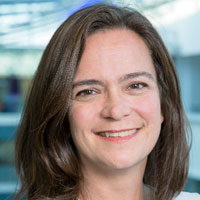
Tamara Rogers, CMO, GSK Consumer Healthcare: “We live in a world rich with diversity, and globally we are taking too long to embrace that. Brands have the power to shape and influence culture. We need to take that power seriously—to use it for good, and create un-stereotyped, meaningful, and effective communication to drive the cultural change we need.”

